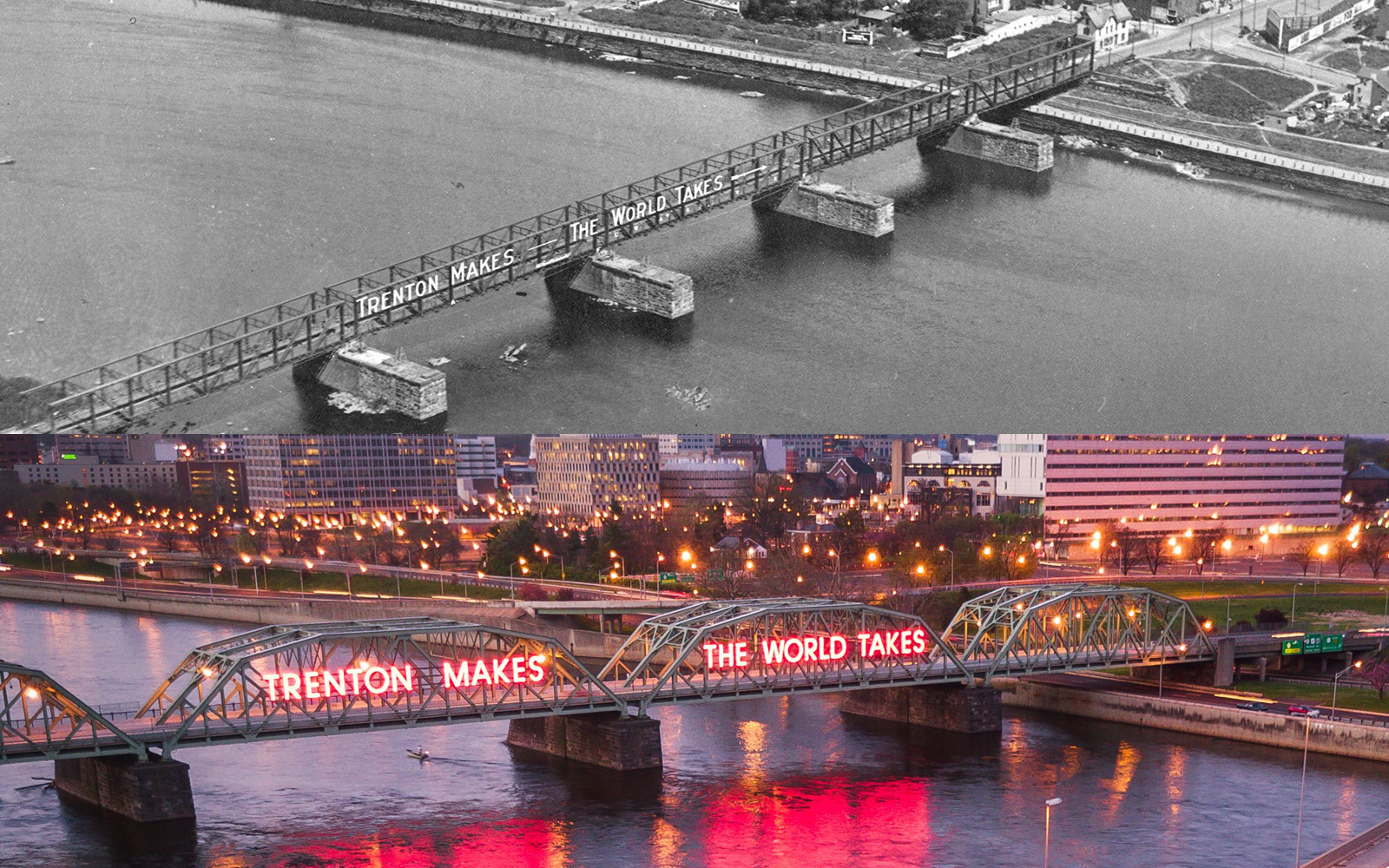The Lower Trenton Toll-Supported Bridge is the Commission’s oldest and most-storied river crossing. It also is the agency’s most iconic structure, owing to the illuminated “Trenton Makes The World Takes” sign on two of the bridge’s steel trusses. The sign – there have been four of them over the past 100 years or so – has been viewed by millions of area residents and travelers, many of them passengers on Pennsylvania Railroad and Amtrak trains crossing the stone-arch railroad bridge a short distance downstream.
In 2018, the Commission completed the installation of a new programmable LED lighting system, adding to the sign’s legacy as a must-see regional attraction. This webpage has been created to provide information about the LED lighting and to accommodate eligible organizations seeking to request temporary color schemes on a specific date.
All special lighting requests must be made by application to the Commission and MUST BE RECEIVED by the first of the month preceding the date that is being requested. (For example: All requests for November must be submitted by October 1) Approval of respective eligible requests is at the sole discretion of the Commission. Requests made via, or including, petitions and/or social media campaigns will not be considered. There are no automatic request renewals; applicants for lighting requests must be filed annually to be considered. The Commission also does not accept lighting requests more than 12 months in advance of a requested lighting date.)
The Commission’s full lighting policy, an application form, annual lighting schedule, and additional information is below. (Note: The Commission may change its lighting policy at any time without notice.)

